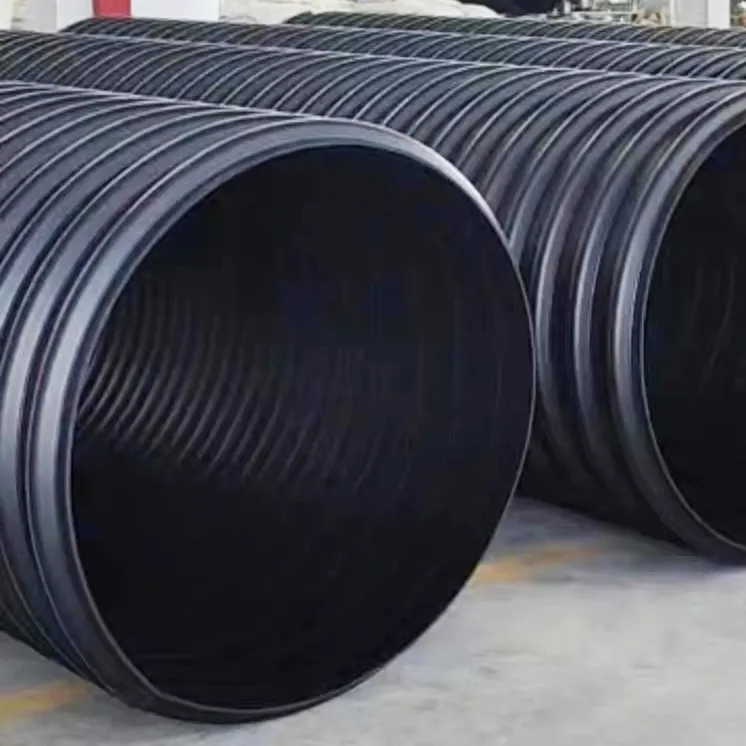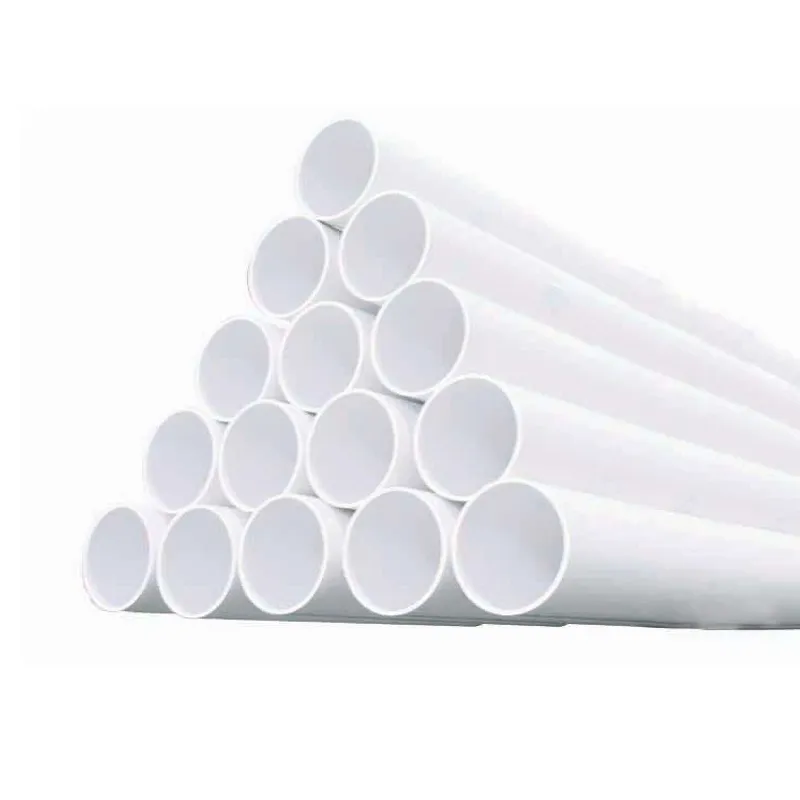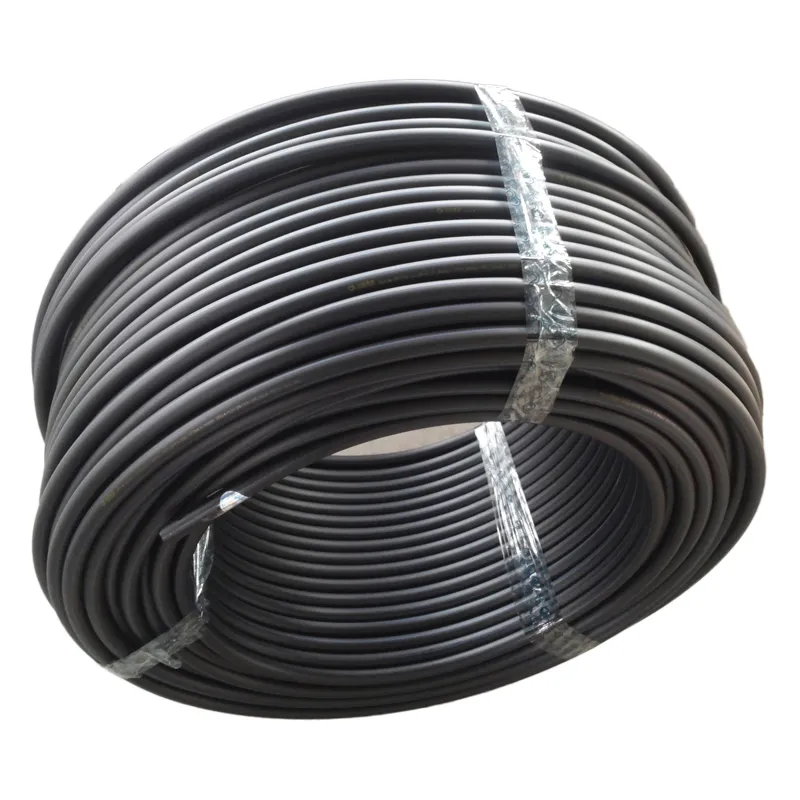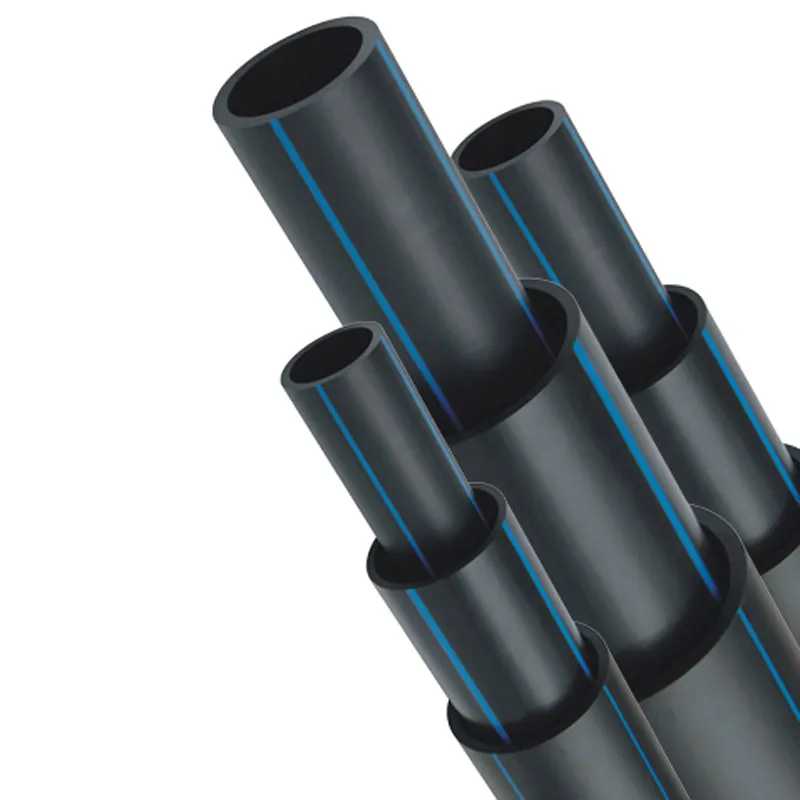
Automatic valve: a valve that acts on its own depending on the ability of the medium (liquid, gas) itself. Such as check valve, safety valve, regulating valve, steam trap, pressure reducing valve, etc.
The second type of drive valve: valves that operate manually, electrically, hydraulically and pneumatically, such as butterfly valves, ball valves, gate valves, globe valves, throttle valves, plug valves, etc.
The most commonly used valve classification methods are as follows:
1. According to the structural characteristics, according to the direction in which the closing member moves relative to the valve seat, it can be divided into:
1. Gate shape: The closing member moves along the center of the valve seat.
2. Gate shape: The closure member moves along the center of the vertical seat.
3. Stopcocks and Balls: The closure is a plunger or ball that rotates around its own centerline.
4. Swing shape; the closing member rotates around an axis outside the valve seat.
5. Disc: The disc of the closing piece that rotates around an axis in the seat.
6. Spool type: The closing member slides in the direction perpendicular to the channel.
2. According to the driving mode, it can be divided according to different driving modes:
1. Electric: Driven by means of a motor or other electrical device.
2. Hydraulic: driven by means of (water, oil).
3. Pneumatic; use compressed air to drive the valve to open and close.
4. Manual: With the help of handwheel, handle, lever or sprocket, etc., it is driven by manpower. When transmitting large torque, it is equipped with reduction devices such as worm gears and gears.

3. According to the use, according to the different uses of the valve, it can be divided into:
1. For breaking: used to connect or cut off the pipeline medium, such as globe valve, gate valve, ball valve, butterfly valve, etc.
This type of valve is for opening and closing. Permanently installed on the inlet and outlet of cold and heat sources, equipment inlet and outlet, and branch lines of pipelines (including standpipes), and can also be used as water and air relief valves. Common shut-off valves include gate valves, globe valves, ball valves and butterfly valves.
Gate valve can be divided into open rod and dark rod, single gate and double gate, wedge gate and parallel gate, etc. The closing tightness of the gate valve is not good, and the large-diameter gate valve is difficult to open; the valve body size is small in the direction of water flow, the flow resistance is small, and the nominal diameter of the gate valve span is large.
According to the flow direction of the medium, the globe valve is divided into three types: straight-through type, right-angle type and direct-current type, and there are open rods and dark rods. The closing tightness of the globe valve is better than that of the gate valve, the valve body is long, the flow resistance is large, and the nominal diameter is DN200.
The valve core of the ball valve is a round ball with a hole. When the valve stem is moved by the plate, it is fully open when the opening of the sphere is facing the axis of the pipeline, and fully closed when it is rotated 90°. The ball valve has a certain adjustment performance and is closed more tightly.
The valve core of the butterfly valve is a circular valve plate, which can rotate along the vertical axis perpendicular to the axis of the pipeline. When the plane of the valve plate is consistent with the axis of the pipe, it is fully open; when the plane of the gate plate is perpendicular to the axis of the pipe, it is fully closed. Butterfly valve body length is small, flow resistance is small, and the price is higher than gate valve and globe valve.
2. Check use: used to prevent the backflow of the medium, such as a check valve.
This type of valve is used to prevent the backflow of the medium. It uses the kinetic energy of the fluid itself to open by itself, and automatically closes when the flow is reversed. Permanently located at the outlet of the pump, the outlet of the steam trap and other places where the reverse flow of the fluid is not allowed. Check valves are divided into three types: swing type, lift type and wafer type. For the swing check valve, when the fluid can only flow from left to right, it automatically closes when the flow is reversed.
For the lift check valve, when the fluid flows from left to right, the valve core is lifted to form a passage, and when the fluid flows in the opposite direction, the valve core is pressed against the valve seat and closed. For the wafer check valve, when the fluid flows from left to right, the spool is opened to form a passage. When the fluid flows in the opposite direction, the spool is pressed against the valve seat and closed. The wafer check valve can have multiple positions. Installation, small size, light weight and compact structure.
3. Adjustment: used to adjust the pressure and flow of the medium, such as regulating valve, pressure reducing valve.
The pressure difference between the front and rear of the valve is constant. When the opening degree of the ordinary valve changes within a large range, the flow rate changes little, and when it reaches a certain opening degree, the flow rate changes sharply, that is, the adjustment performance is poor. The regulating valve can change the valve spool stroke to change the resistance number of the valve according to the direction and size of the signal, so as to achieve the purpose of regulating the flow of the valve.
4. Distribution: used to change the flow direction of the medium and distribute the medium, such as three-way cock, distribution valve, slide valve, etc.
5. Safety valve: when the medium pressure exceeds the specified value, it is used to discharge excess medium to ensure the safety of the pipeline system and equipment, such as safety valve and accident valve.
6. Other special purposes: such as steam traps, vent valves, blowdown valves, etc.
The exhaust valve is an indispensable auxiliary component in the pipeline system, and is widely used in boilers, air conditioners, oil and gas, water supply and drainage pipelines. It is often installed at the commanding heights or elbows, etc., to remove excess gas in the pipeline, improve the efficiency of the pipeline and reduce energy consumption.

(4) According to the nominal pressure of the valve
【1】Vacuum valve: less than atmospheric pressure, i.e. pressure <0.1MPa
【2】Low pressure valve: nominal pressure PN≤1.6MPa
【3】Medium pressure valve: nominal pressure PN2.5—6.4MPa
【4】High pressure valve: nominal pressure PN10.0—80.0MPa
【5】Super high pressure valve: nominal pressure PN≥100.0MPa
(5) According to the working temperature of the valve
【1】Normal temperature valve: suitable for medium temperature -40 425 ℃
【2】High temperature valve: suitable for medium temperature 425 600 ℃
【3】Ultra-high temperature valve: suitable for medium temperature above 600℃
【4】Cryogenic valve: suitable for medium temperature -40-150℃
【5】Ultra-low temperature valve: suitable for medium temperature below -150℃
(6) According to the nominal diameter of the valve
【1】Micro valve: nominal diameter DN1-10mm
【2】Small diameter valve: nominal diameter DN<40mm
【3】Medium diameter valve: nominal diameter DN50~300mm
【4】Large diameter valve: nominal diameter DN350~1200mm
【5】Large diameter valve: nominal diameter DN≥1400mm
(7) According to the connection method of the valve
【1】Flange valve: the valve body has a flange and is connected by a flange
【2】Threaded valve: the valve body has internal thread or external thread
【3】Welded valve: the valve body has a welded joint and is connected by welding
【4】Clamp valve: there is a clamp on the valve body, which is connected by a clamp
【5】Sleeve valve: use the ferrule to connect with the pipeline


 (1)379.webp)





294.webp)
476.webp)
420.webp)
146.webp)
460.webp)
287.webp)
274.webp)
688.webp)


